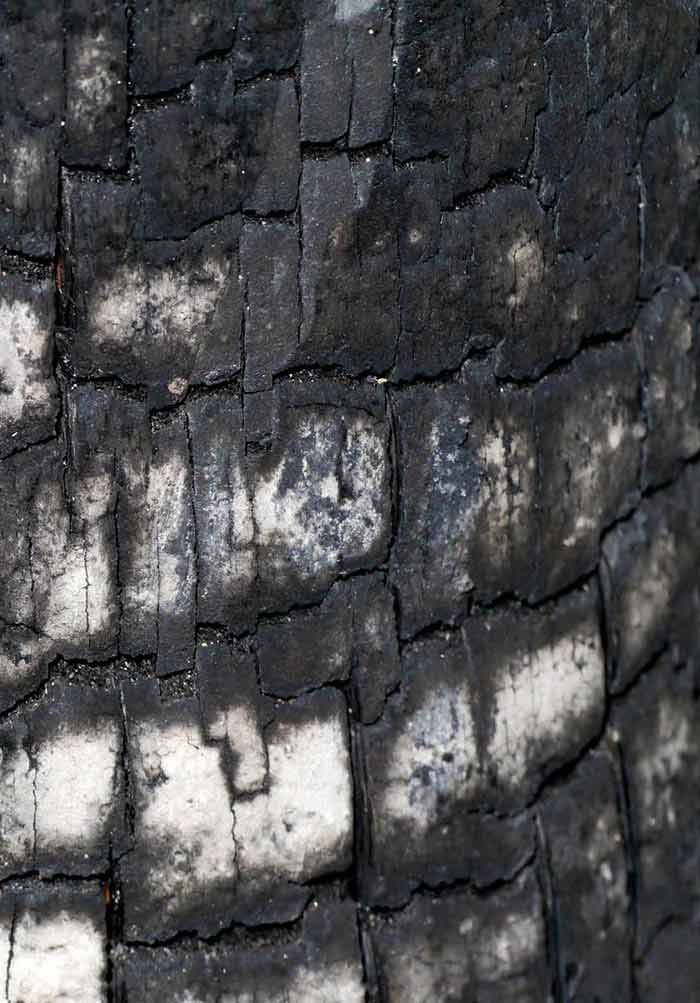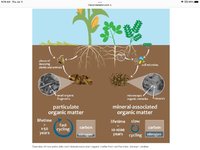Colorado
Masterpiece
Go figure that where this conversation left off is where this next Mirai podcast picks up. The more bonsai specific conversation begins about 35 minutes in (roughly) though, like the last one, if the sciencey side of horticulture and bonsai bore you, you’ll probably find this dry and “wordy”. That said I think Ryan only says the phrase “narrative arc” once in this one!This one delves pretty deeply into biochar/charcoal and it’s benefits as well as a plethora of other seaweed, microbe and fungus based soil topics. Another good one imho.

Bonsai Mirai: Asymmetry: Fungi and Bacteria with Karen O’Hanlon on Apple Podcasts
Show Bonsai Mirai: Asymmetry, Ep Fungi and Bacteria with Karen O’Hanlon - Dec 14, 2022podcasts.apple.com

Fungi and Bacteria with Karen O’Hanlon
Founder of Probio Carbon—Dr. Karen O'Hanlon joins us from Ireland to share her rigorous knowledge about fungi, bacteria, nutrition, and bonsai biology. Her new product Danú was developed in 2021 specifically for the bonsai community and has helped to increase plant health and cultivation for...www.podbean.com
…and Karen O’Hanlon’s site

Probio Carbon | Plant Feed Organic Fertiliser | Maynooth Kildare
From our base in Kildare probio carbon provides growers with a range of plant feed and enriched carbon products. Our organic fertiliser is available to clients nationwide.www.probiocarbon.ie
I ordered the “Bonsai Bucket” from her site, looking forward to giving it a try!



